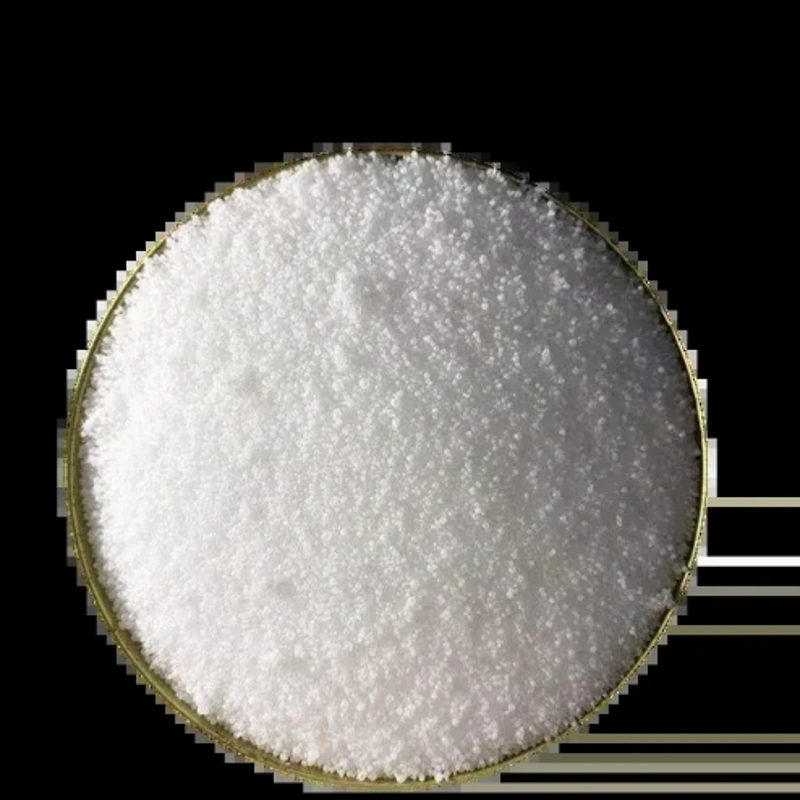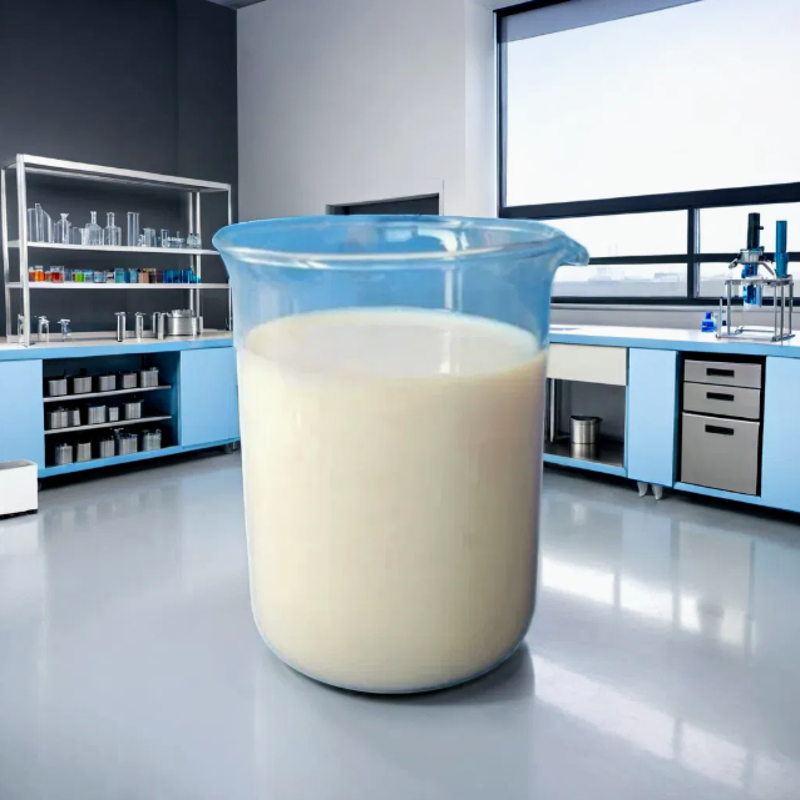-
Categories
-
Pharmaceutical Intermediates
-
Active Pharmaceutical Ingredients
-
Food Additives
- Industrial Coatings
- Agrochemicals
- Dyes and Pigments
- Surfactant
- Flavors and Fragrances
- Chemical Reagents
- Catalyst and Auxiliary
- Natural Products
- Inorganic Chemistry
-
Organic Chemistry
-
Biochemical Engineering
- Analytical Chemistry
-
Cosmetic Ingredient
- Water Treatment Chemical
-
Pharmaceutical Intermediates
Promotion
ECHEMI Mall
Wholesale
Weekly Price
Exhibition
News
-
Trade Service
Isobutanol is an important chemical used in the production of a wide range of products in the chemical industry.
It is also known as isobutyl alcohol or 2-methyl-1-propanol.
The production of isobutanol involves a series of chemical reactions that convert raw materials into the final product.
In this article, we will discuss the instruction of isobutanol, including the production process, the raw materials required, and the safety precautions that must be taken.
Production Process
The production of isobutanol involves several steps, including the reaction of isobutylene with water, the elimination of hydrogen oxide, and the reduction of the resulting isobutanol.
The reaction of isobutylene with water is carried out in the presence of a strong acid catalyst, such as sulfuric acid or phosphoric acid.
The elimination of hydrogen oxide is carried out in the presence of an oxidizing agent, such as hydrogen peroxide or sodium hypophosphite.
The reduction of the resulting isobutanol is carried out in the presence of a reducing agent, such as hydrogen or sodium borohydride.
The entire process is carefully controlled to ensure the purity and quality of the final product.
Raw Materials Required
The production of isobutanol requires a number of raw materials, including isobutylene and water.
Isobutylene is a colorless gas with a distinctive odor, and it is derived from the cracking of gasoline or the distillation of petroleum.
Water is also required in the production process, and it is used in the reaction of isobutylene with water.
The other raw materials required include strong acid catalysts, such as sulfuric acid or phosphoric acid, oxidizing agents, such as hydrogen peroxide or sodium hypophosphite, and reducing agents, such as hydrogen or sodium borohydride.
Safety Precautions
The production of isobutanol involves a number of chemical reactions and processes that can be hazardous if proper safety precautions are not taken.
It is essential to follow all safety guidelines and regulations when handling raw materials, equipment, and products.
The following safety precautions should be taken:
- Wear appropriate personal protective equipment (PPE), such as gloves, safety glasses, and lab coats, when handling raw materials and products.
- Ensure adequate ventilation in the work area to prevent the accumulation of vapors or fumes.
- Do not touch or ingest raw materials or products.
In case of contact, wash the affected area immediately with plenty of water. - Store raw materials and products in designated areas, and keep them away from sources of heat, sparks, or other ignition sources.
- Follow all emergency response procedures in case of accidents or spills.
Conclusion
Isobutanol is a versatile chemical that is used in the production of a wide range of products in the chemical industry.
It is essential to follow all safety guidelines and regulations when handling raw materials, equipment, and products.
The production of isobutanol involves a series of chemical reactions that require appropriate raw materials and careful control to ensure the purity and quality of the final product.
With proper safety precautions, the production of isobutanol can be carried out safely and efficiently.







